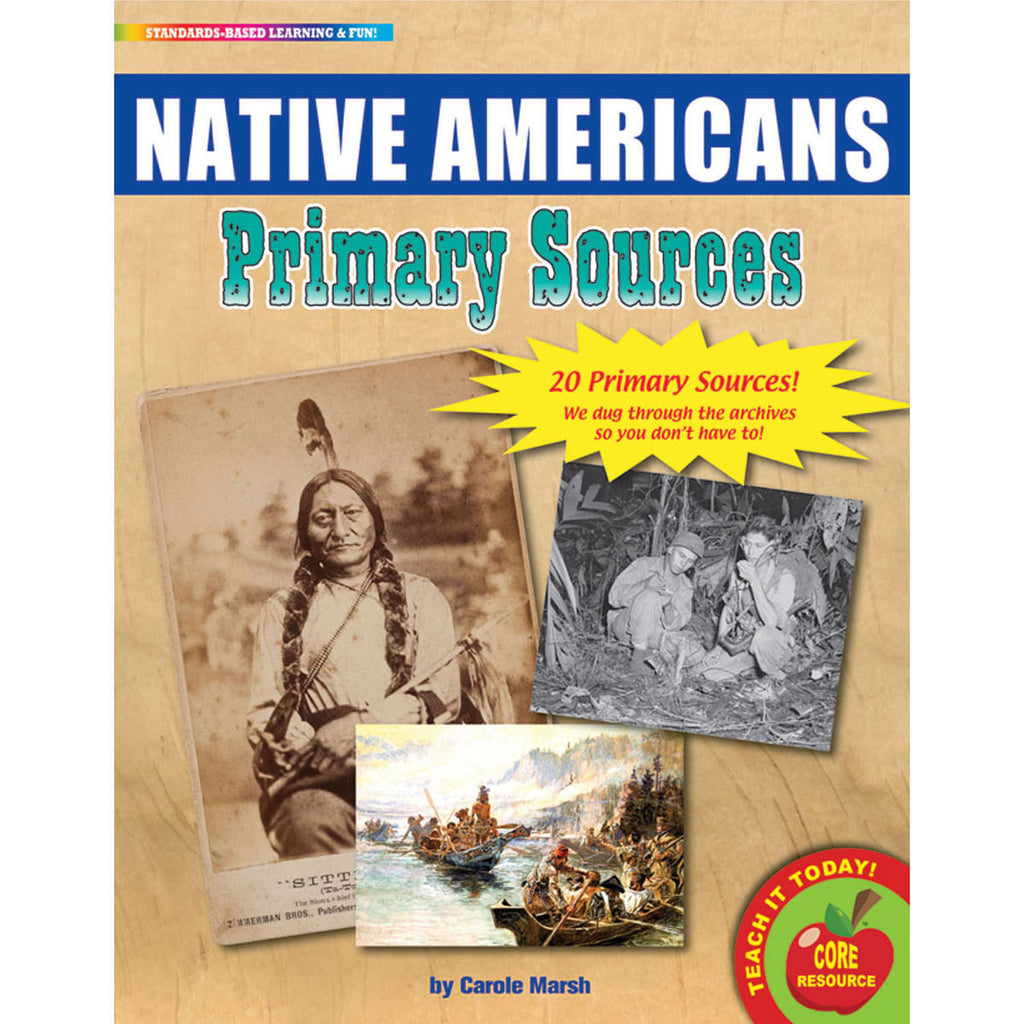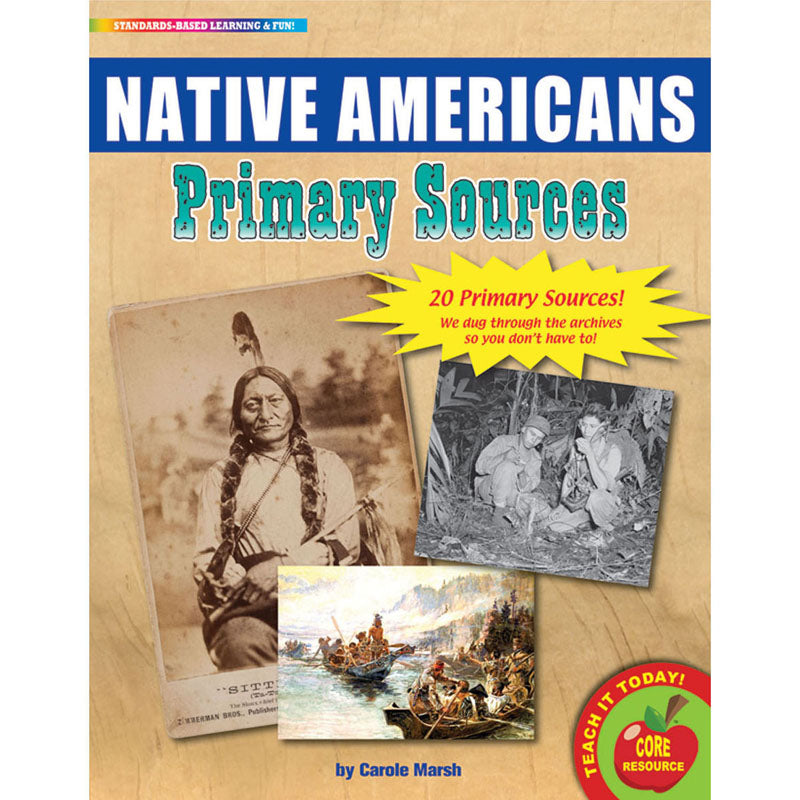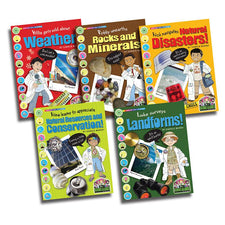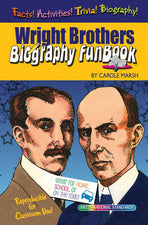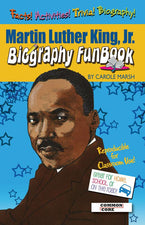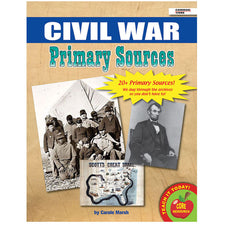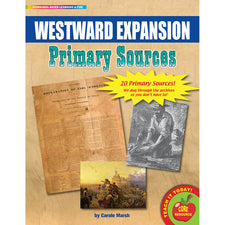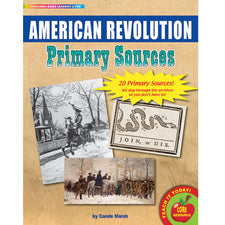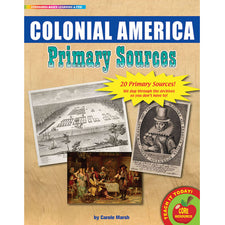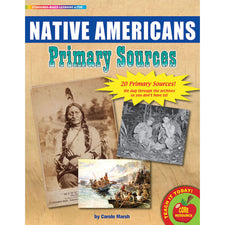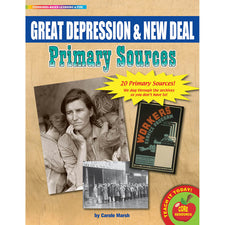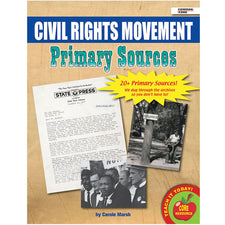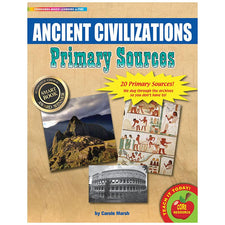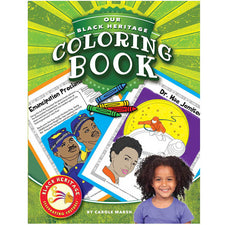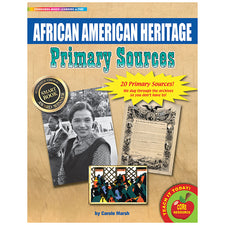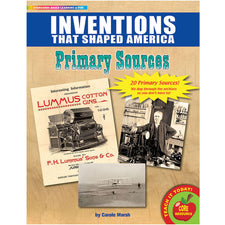Product Description
Students participate in active learning by creating their own interpretations of history using historical documents. Students make observations, generate questions, organize information and ideas, think analytically, write persuasively or informatively, and cite evidence to support their opinion, hypotheses, and conclusions. Students learn how to integrate and evaluate information to deepen their understanding of historical events. As a result, students experience a more relevant and meaningful learning experience.
The Native Americans Primary Sources is a pack of 20 primary source documents that are relevant to the history of Native Americans. Each primary resource is printed on sturdy 8.5" X 11" card stock. Perfect for gallery walks and literature circles! Great research and reference materials!
The 20 Native Americans Primary Sources are:
- Illustration of an Algonquian village on the Pamlico River estuary, Virginia - 1590
- Illustration of Chief Powhatan in a longhouse at Werowocomoco, Virginia - 1612
- A Dutch engraving of Pocahontas- 1616
- Various Native American artifacts
- Painting (1905) of Lewis and Clark Expedition on the Lower Columbia River - shows Sacagawea attempting to use sign language to communicate with other Indians - 1805
- Illustration of Tecumseh losing his temper when General William Henry Harrison refuses to rescind the Treaty of Fort Wayne - Vincennes, Indiana - 1810
- President Andrew Jackson's message to Congress - 1830
- Lithograph depicting President Andrew Jackson as the "Great Father" to the Native Americans - 1835
- Various accounts of the Trail of Tears - 1838-1839
- Portraits of various historic Native Americans
- Photograph of a family of Pawnee Indians outside their home in Oklahoma - ca.1870
- Depictions of Native American life in the West - 1870s
- Sioux Indians at the Battle of Little Bighorn in the western United States - 1876
- Lithograph print of boys and girls at an Indian boarding school learning various skills - 1887
- Various representations of Chief Joseph
- Photograph of Sioux Indian children playing with their playhouses on the Indian reservation - 1907
- A poster from the U.S. Department of the Interior following the Dawes General Allotment Act - 1911
- Photograph of Native American code talkers operating a radio set during WWII - code talkers were from many tribes - 1943
- Excerpts from a speech given by Gerry Gambill at a conference on Human Rights at Tobique Reserve in New Brunswick - August 1958
- Traditional Native American dancer at a modern Pow Wow in 2007
